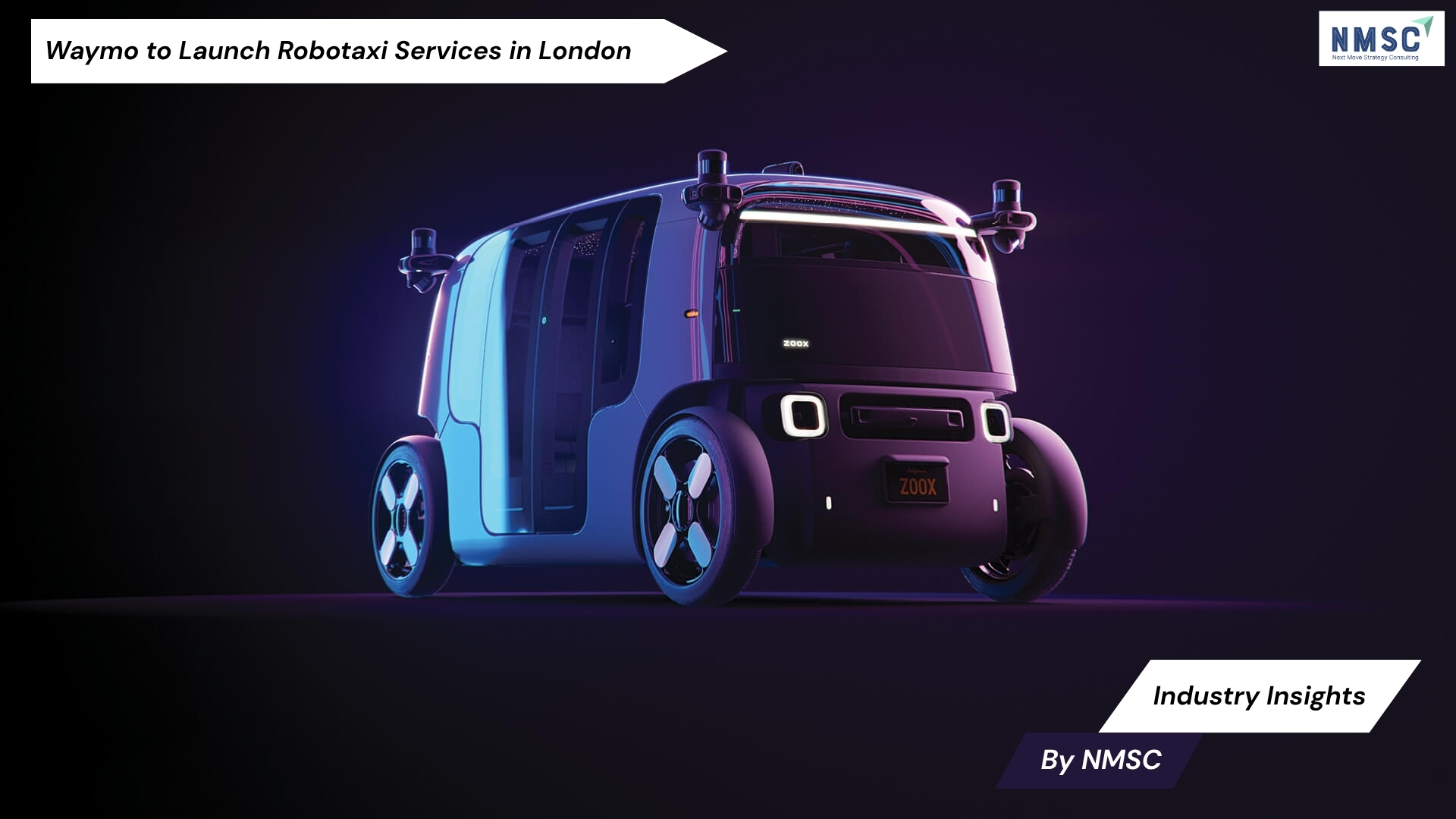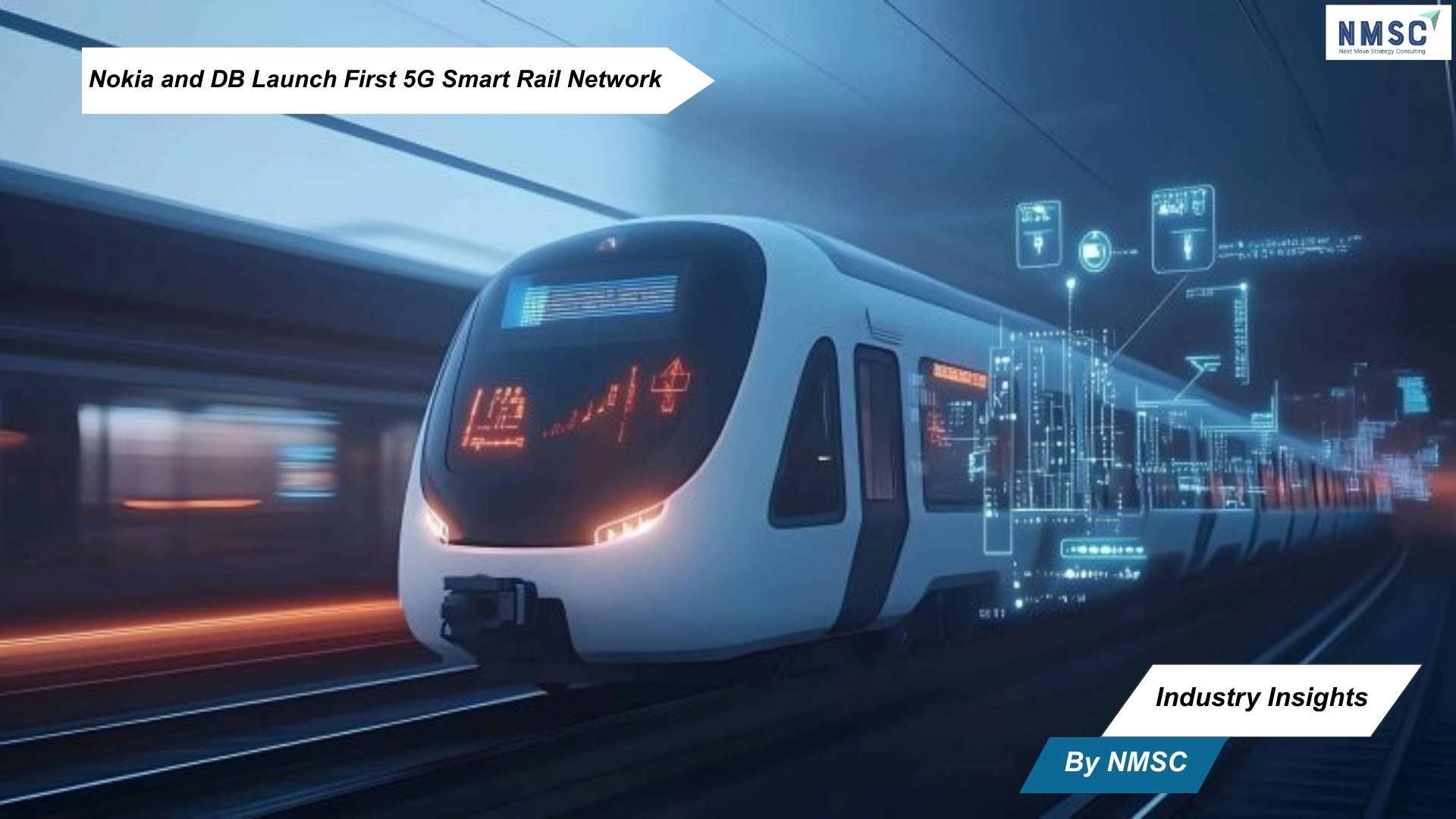Latin America Automotive AI Market is expected to reach USD 1260.9 million by 2030
Published: 2025-02-24
The surge in connected vehicles over the region is driving the demand for the Latin America automotive AI market during the forecast period.
Latin America Automotive AI Market size was valued at USD 193.5 million in 2023, and is predicted to reach USD 1260.9 million by 2030, at a CAGR of 30.7% from 2024 to 2030, according to new research by Next Move Strategy Consulting. The automotive industry is witnessing a notable increase in the demand for connected vehicles, marking a pivotal driver for the widespread adoption of Artificial Intelligence (AI). Connected vehicles, leveraging advanced communication technologies and the Internet of Things (IoT), enable real-time data exchange and improved user experiences.
In response to this trend, AI plays a crucial role in processing and analyzing the extensive data generated by connected vehicles. Machine learning algorithms contribute to insights into user behavior, traffic patterns, and vehicle performance. This integration of AI in connected vehicles results in features such as predictive maintenance, remote diagnostics, and intelligent navigation systems, transforming traditional automobiles into smart, data-driven platforms. As the demand for connectivity continues to rise, the automotive industry is increasingly relying on AI to deliver vehicles that are not only connected but also smarter, safer, and more efficient.
Moreover, the rising demand for electric vehicles (EVs) is significantly boosting the automotive landscape. Also, the integration of artificial intelligence (AI) is playing a pivotal role in optimizing various sides of electric vehicle technology. AI is at the forefront of battery management, where advanced algorithms monitor and predict battery health, ensuring longevity and reliability. Additionally, machine learning is harnessed to enhance the energy efficiency of EVs, optimizing power usage and improving range prediction accuracy.
The optimization of charging infrastructure, personalized user experiences through natural language processing and voice recognition, and the implementation of predictive maintenance contribute to a seamless and efficient electric vehicle ownership experience. As the automotive industry continues to transition towards sustainability, the synergy between AI and electric vehicles is driving innovations that not only meet environmental goals but also elevate the overall performance and user satisfaction within the electric vehicle market.
However, the absence of standardization poses a substantial challenge in the domain of automotive AI, as the industry contends with the lack of universally accepted protocols governing the development and deployment of these advanced technologies. This deficiency results in interoperability issues, creating challenges for AI systems from different manufacturers to communicate seamlessly. Compatibility hurdles emerge as proprietary technologies diverge, impeding the establishment of a cohesive and interconnected automotive AI ecosystem. Furthermore, this lack of common standards leads to market fragmentation, making it difficult for stakeholders to navigate and comprehend the rapidly evolving landscape of automotive AI.
On the other hand, the integration of Augmented Reality (AR) in vehicles represents an innovative application of artificial intelligence (AI) aimed at enhancing both the driver's experience and safety. Through the incorporation of AI algorithms and visual overlays directly into the driver's field of view, typically facilitated by Head-Up Displays (HUDs) on windshields, AR contributes to an elevated situational awareness on the road. The utilization of AI-powered object recognition ensures accurate identification and highlighting of pedestrians, cyclists, and road signs, thereby assisting the driver in navigating complex traffic scenarios.
Essential information such as navigation instructions, traffic alerts, and critical safety details are seamlessly displayed, thereby reducing the need for the driver to divert attention away from the road. Furthermore, this technology extends to interactive controls, enabling touchless gestures or voice commands, thereby further minimizing potential distractions. The incorporation of AR in vehicles stands as a testament to the continuous evolution of AI applications, significantly contributing to an enhanced driving experience and heightened safety standards.
Request for a Sample PDF on the Latin America Automotive AI Market
Several market players operating in the Latin America automotive AI market include Amphenol Corporation, Microsemi Corporation, Aeronix Inc, Nova Integration Solutions, Ontime Networks Llc, Red Lion, Siemens AG, Techaya Inc., Trident Infosol Pvt. Ltd., Curtiss-Wrights.
Key Insights from the Latin America Automotive AI Market Report:
-
The information related to key drivers, restraints, and opportunities and their impact on the Latin America automotive AI market is provided in the report.
-
The value chain analysis in the market study provides a clear picture of the roles of each stakeholder.
-
The market share of players in the Latin America automotive AI market is provided in the report along with their competitive analysis.
















Add Comment